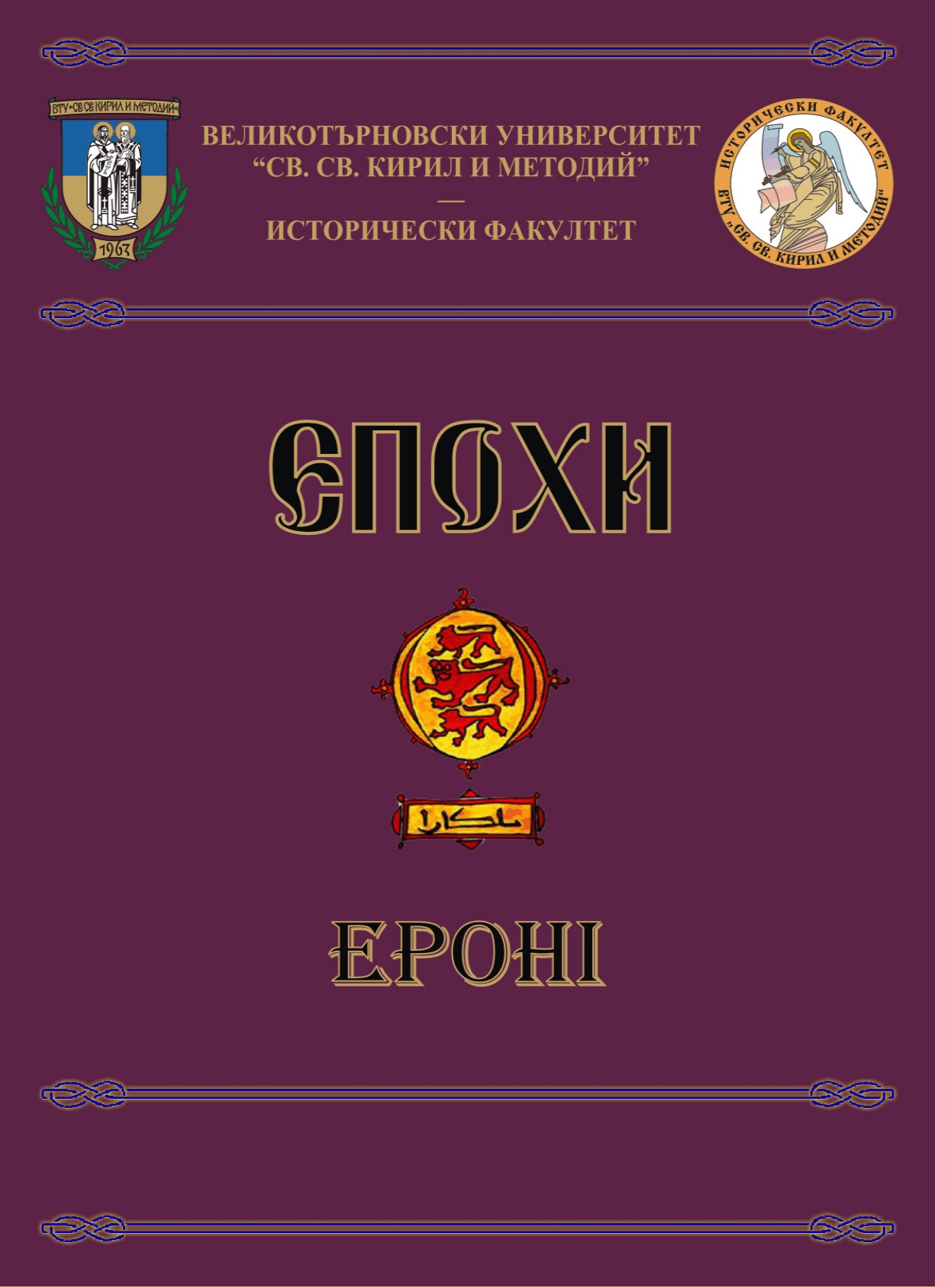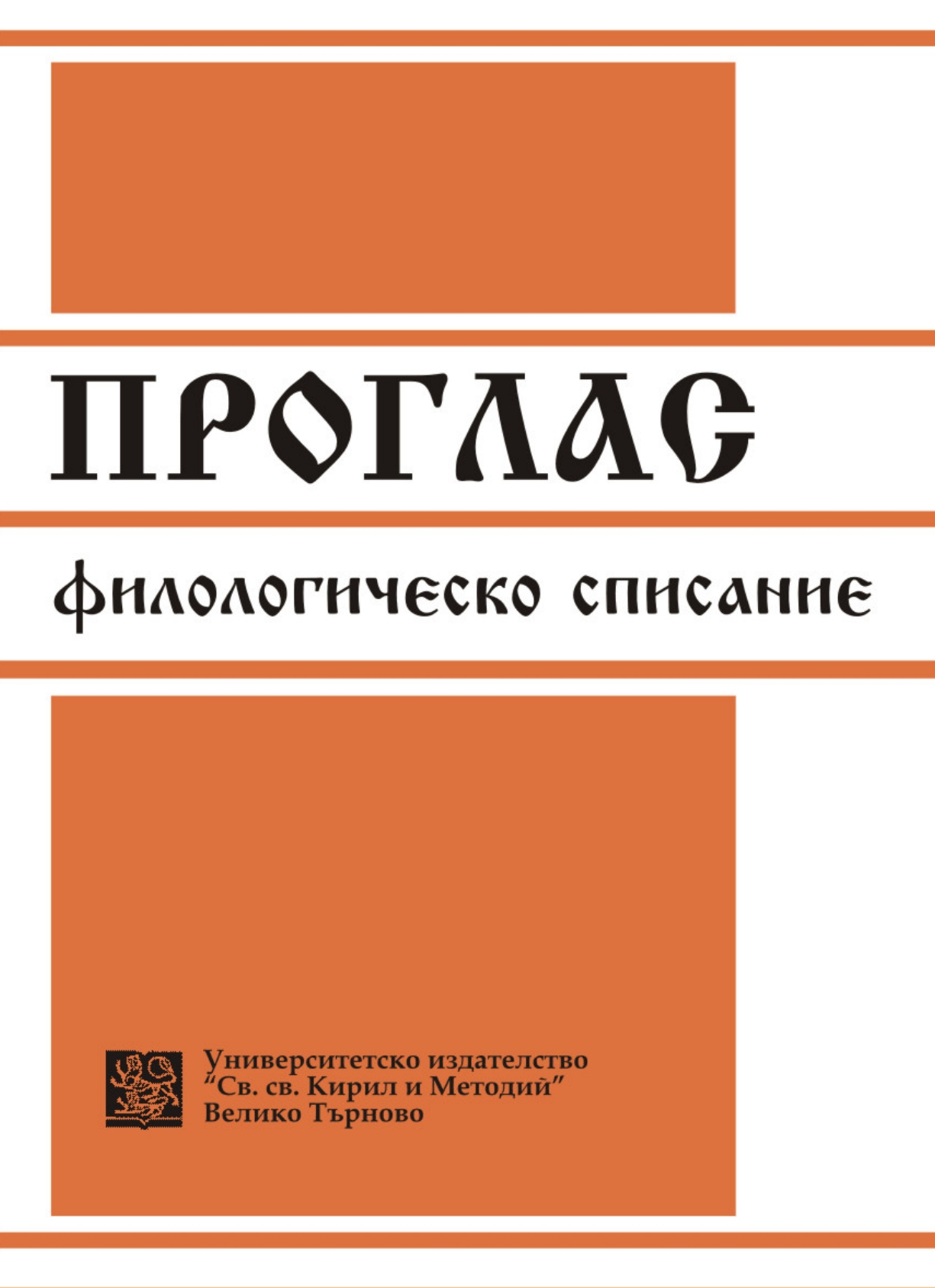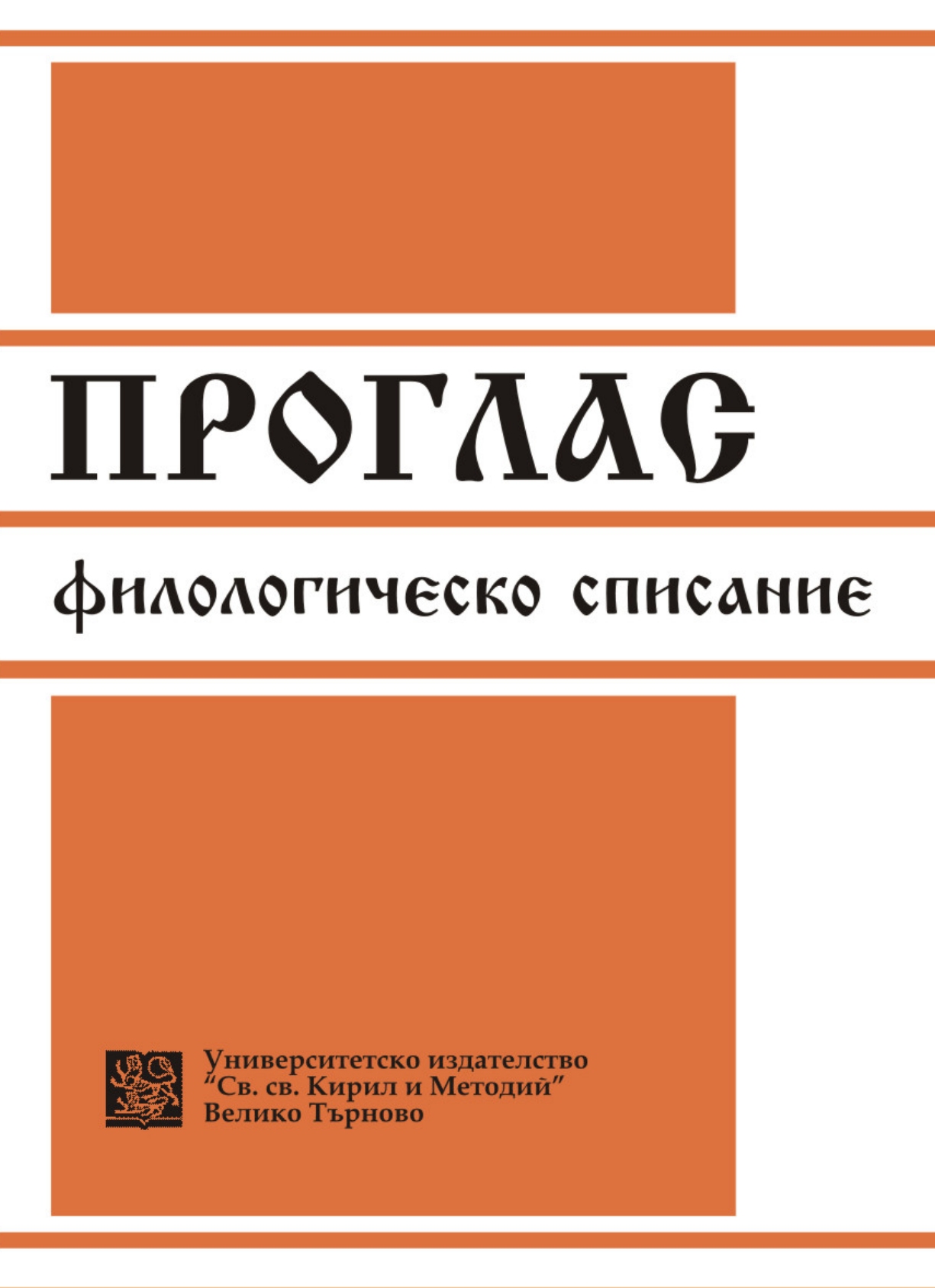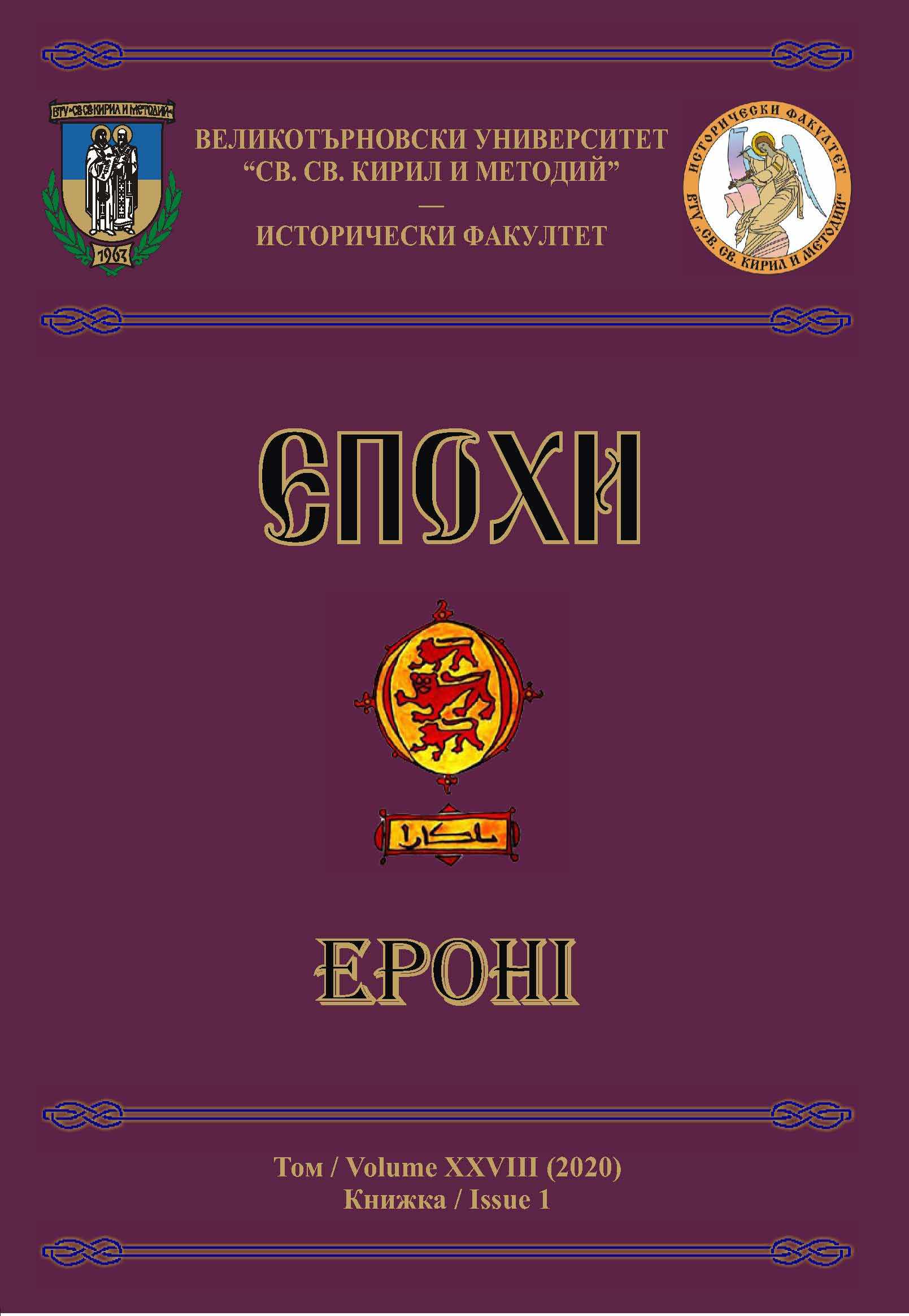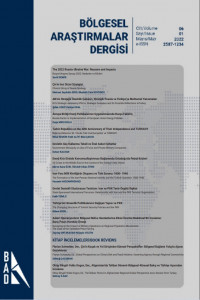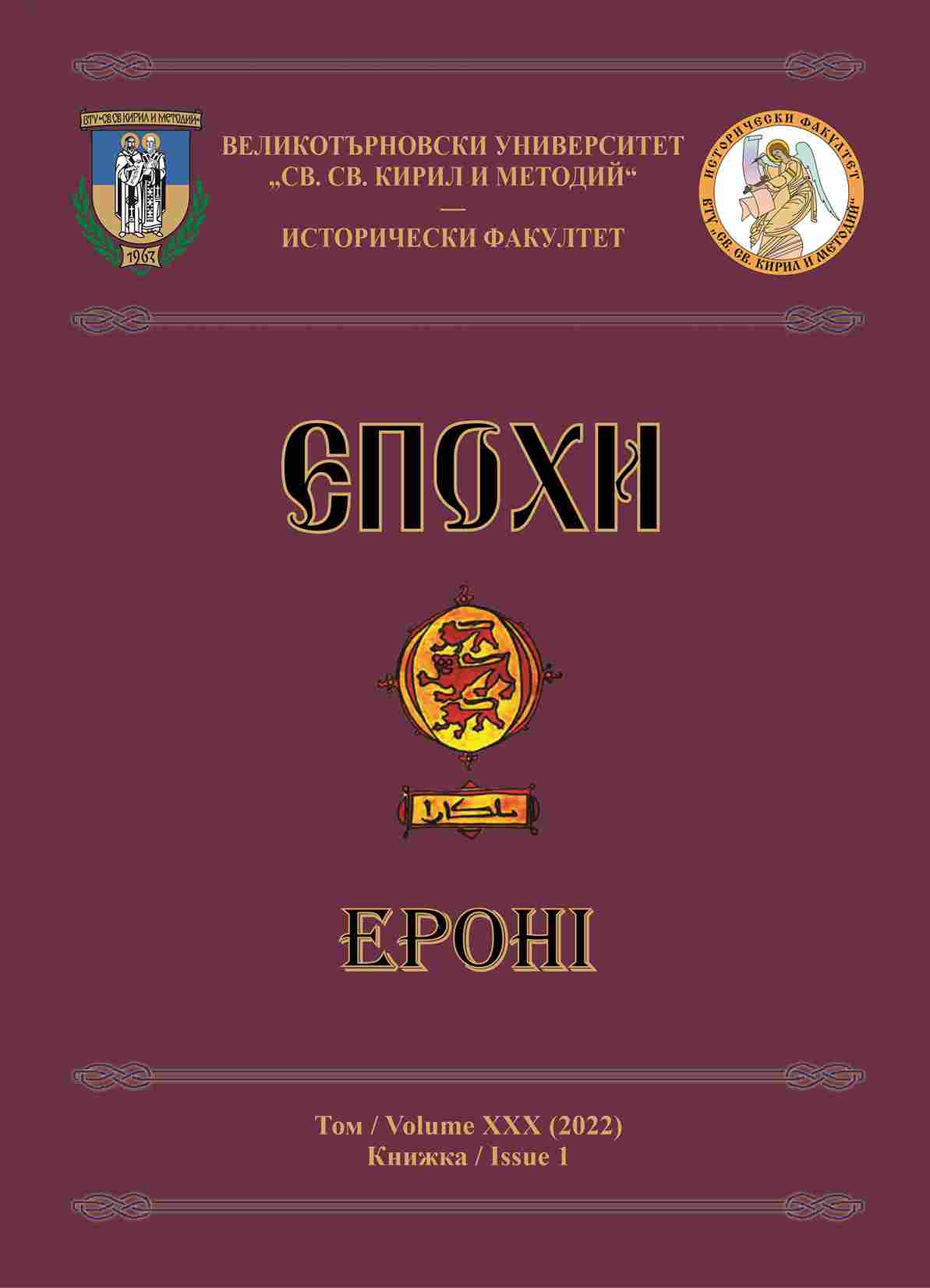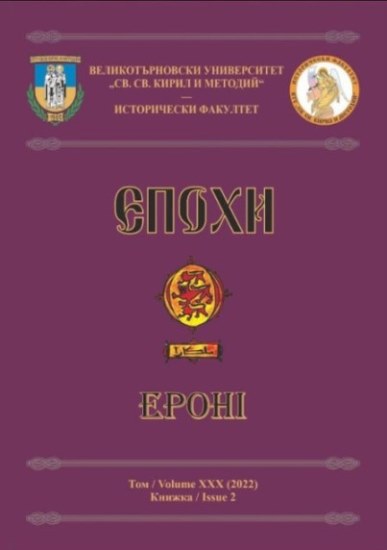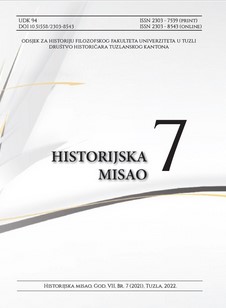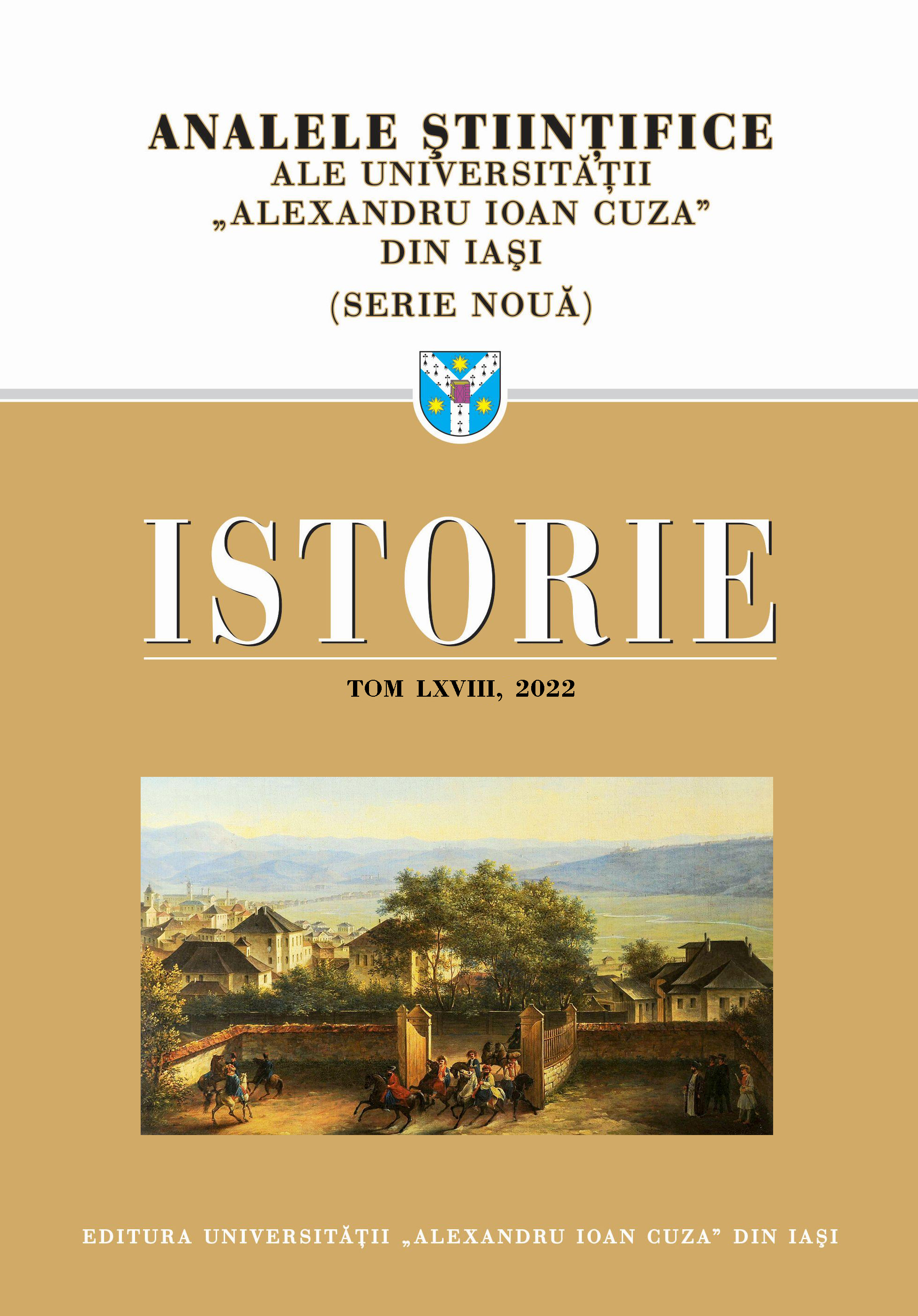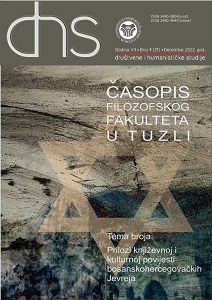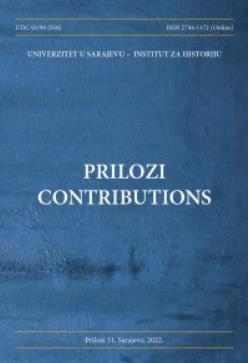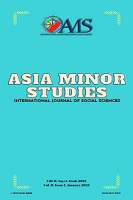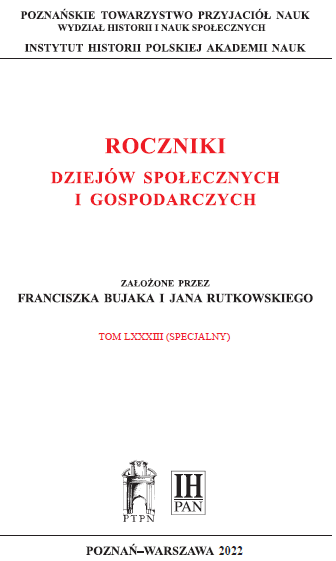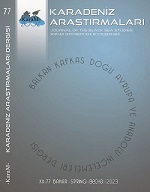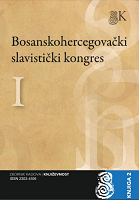Author(s): Alexandru-Florin Platon / Language(s): Romanian
Issue: 68/2022
Membre de la haute noblesse moldave, descendant d’une illustre famille d’origine grecque, le Prince Georges Cantacuzène (1786-1845) a joué un rôle de premier ordre dans l’insurrection grecque de 1821, organisée et menée par l’Hétairie dans les Principautés Roumaines. La relation qu’il a laissée sur cet événement a été conservée jusqu’ici dans deux versions. La première, en allemand, publiée en 1824 à Halle et intitulée Denkschrift des Fürsten Georg Cantacuzeno, a été insérée dans une brochure (Briefe eines Augenzeugen des griechischen Revolution vom Jahre 1821. Nebst einer Denkschrift des Fürsten Georg Cantacuzeno über die Begebenheiten in der Moldau und Walachey in den Jahren 1820 und 1821. Mit Rigas Portrait) à coté de 33 lettres anonymes sur la révolution grecque. Cette version n’a jamais été republiée depuis. La deuxième version, datée 1828 et écrite en français, destinée au colonel russe Ivan Petrovici Liprandi, a été publiée en 1960 par l’historien roumain Andrei Oţetea dans un volume de documents concernant le mouvement insurrectionnel de Tudor Vladimirescu qui a eu lieu à la même année (1821) en Valachie, de connivence avec le soulèvement grec. La troisième version de cette relation (ou « journal », d’après l’intitulé que lui donne l’auteur) – celle que nous avons découvert et que nous publions ici – est inédite. Écrite aussi en français, elle a été conservée dans l’archive de Léonard Revilliod (1786-1867), un Suisse originaire de Genève, qui a passé plusieurs années à Odessa, en Russie, et qui, pendant ce long séjour de 25 ans, s’était vraisemblablement lié d’amitié avec le Prince Cantacuzène, dont la famille avait une propriété non loin de la même ville. Il s’agit d’une copie faite d’après l’original perdu, mais qui, par rapport aux autres relations, est plus exhaustive, avec maints détails concernant les préparatifs de l’insurrection, les circonstances de la nomination du Prince Alexandre Ipsilanti comme chef de l’Hétairie, la politique ambiguë de la Russie envers la révolte qui se préparait, la campagne militaire des Grecs en Moldavie et en Valachie (22 février / 6 mars – 17 / 22 juin 1821) et, finalement, le rôle que le Prince lui-même a joué dans ces événements. Georges Cantacuzène a écrit ce « journal » pour faire mieux ressortir ses mérites au cours de la campagne militaire, mais, surtout, pour se justifier d’avoir abandonné l’armée qu’il commandait avant la dernière bataille (celle de Scouleni, sur le Pruth) contre les Turcs – geste qui a été qualifié par la postérité comme trahison et lui a valu une sorte de « légende noire ». En plus de tous ces éléments, cette version inédite de la relation du Prince Georges Cantacuzène sur les événements de 1821 est au plus haut point intéressante parce qu’elle nous montre de plus près la réalité chaotique et souvent contradictoire d’un événement historique également important tant pour les Roumains, que pour les Grecs.
More...
